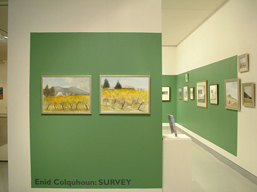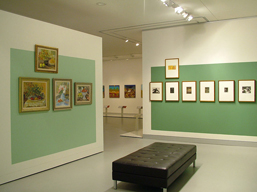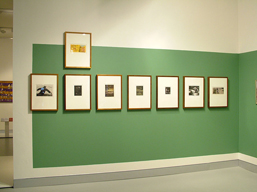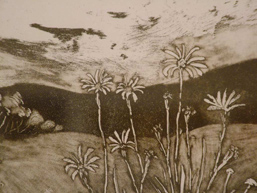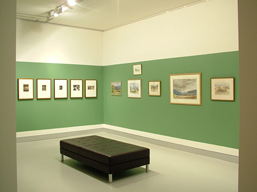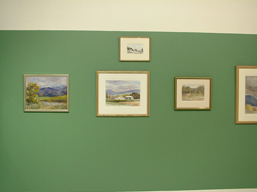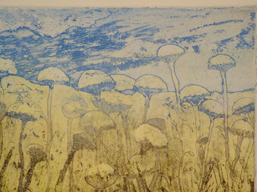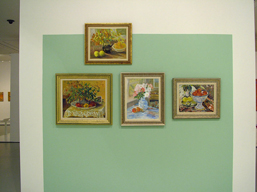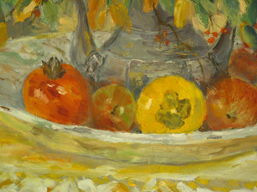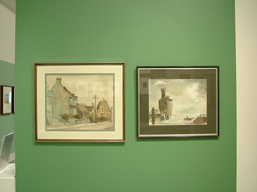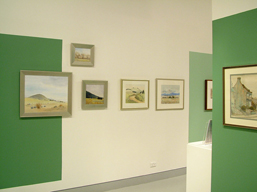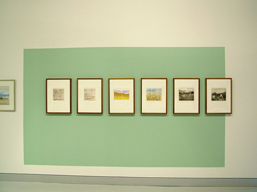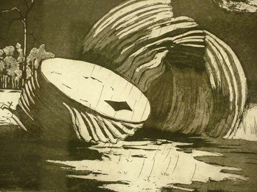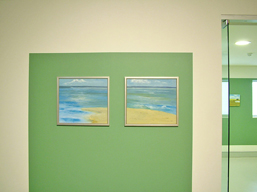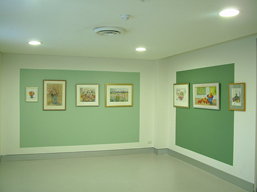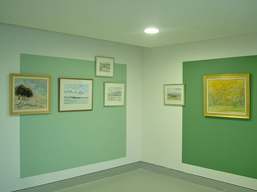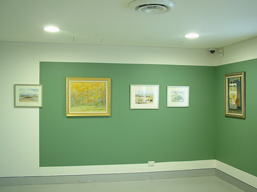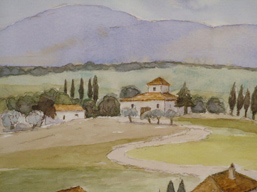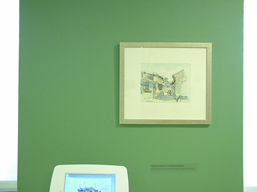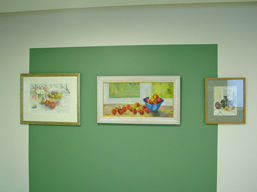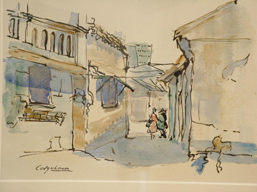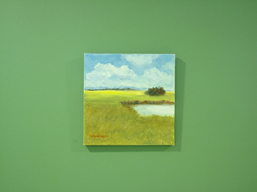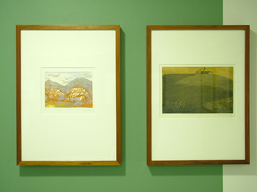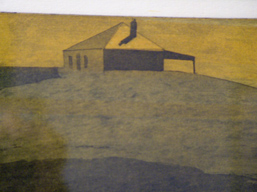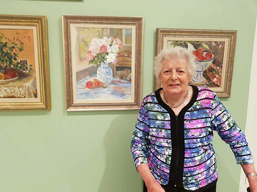Enid Colquhoun: Survey
26 January - 31 March 2019
In her own words
I didn’t have a conscious desire to be an ‘artist’, it was more an interest in simply learning to paint – one could say a slow emergence from the chrysalis state!
It was not until several years of marriage and raising our children that I at last had an opportunity to learn. We were living in Leeton when the first Irrigana Festival was to be held and opened by the Governor-General. I organised a very large art exhibition calling for participation by students from NSW TAFE Art schools. The over-all director of those departments was Douglas Dundas, a prominent traditional artist himself who came to Leeton to judge our exhibition. When he found that many of us were keen to learn and that one of us was a qualified art teacher he arranged for the Leeton TAFE to establish a one night a week art class. Win Routley was an excellent teacher in watercolour and encouraged us to paint direct with the brush – no preliminary drawing. She also took us outdoors on weekends. In about 1960 I attended a two-week Summer School at Darlinghurst (now the National Art School) and my tutors were John Coburn (briefly), John Santry, Roland Wakelin and Douglas Dundas.
The final day of the Sydney Summer School when we were taken to the park at Watsons Bay – dozens of children scampering around the park, shouting to parents ‘hey here’s an artist’ and ‘hey, there’s another one behind the tree’. We pulled our hats down and tried to be invisible.
Later, living again in Albury I had night classes, using pen and wash, attended a weekend workshop in Wagga Wagga, tutored by Sali Herman, authored by Arthur Murch, and later a Master Class in Melbourne held by Louis Kahan. During the 1970’s in Sydney I studied life drawing with Fred Bates at Royal Art Society, en plein air in oils with Alan Hansen, also through RAS. I studies Antique Drawing at the Julian Ashton School for one year, two terms of Expressive Watercolour at that Centre.
A love of en plein air
Working ‘on the spot’ is far more satisfactory than relying totally on a photograph. The eye perceives subtleties of detail and colour that the camera cannot, although a photograph is useful back in the studio if one has not been able to complete the painting outdoors.
En plein air painting can have its distractions – flies, snakes, weather and unwanted questions. I once asked Arthur Murch how he coped with onlookers. ‘Easy’ he replied. ‘I load the brush with paint and give it a hard, backward flick. They stand back’.
Distractions and some unusual, but memorable encounters - on a Glebe street kerb one Sunday, a forlorn man sitting beside me to lament about his marital problems; a police officer in Macau inquiring about my jewellery as I sat drawing the streetscape; a sad Dutchman in Argyle Place declaring his dislike of what I was painting and inviting me to have a beer with him in the nearby pub to celebrate his birthday.
All part of the joys and frustration of being a painter, which description I prefer to ‘artist’.
A foray into printmaking
Dad gave me a very fine etching when I was about 20 and I often wondered how it was created. I saw others over the years and in 1989 I enrolled in the Printmaking Certificate course at Hornsby TAFE and just loved the work, under the tutelage, mainly, of Paul Smith who went on to sell his work in New York. For two years I spent one day a week in the print workshop and by the end of the course, I received two or three certificates and a medal. The following year I was invited to work for the Post Technician Certificate, a 12 months course that required me to work alone – having the workshop to myself one day a week was bliss.
Several of us, now experienced printmakers were invited to use the new studios the next year when we tried different techniques. I bought a small floor standing press and set up my garage as a workshop where I produced quite a lot of etchings. My experience as a watercolourist was useful when blending inks to achieve certain results.
Enduring inspiration
Shapes of buildings, form and rhythm in landscape, atmosphere and colour; the transfixed moment suggested by a still life subject.
ENID COLQUHOUN
2019
Enid Colquhoun: Survey is a Hawkesbury Regional Gallery exhibition.
Page ID: 115133


